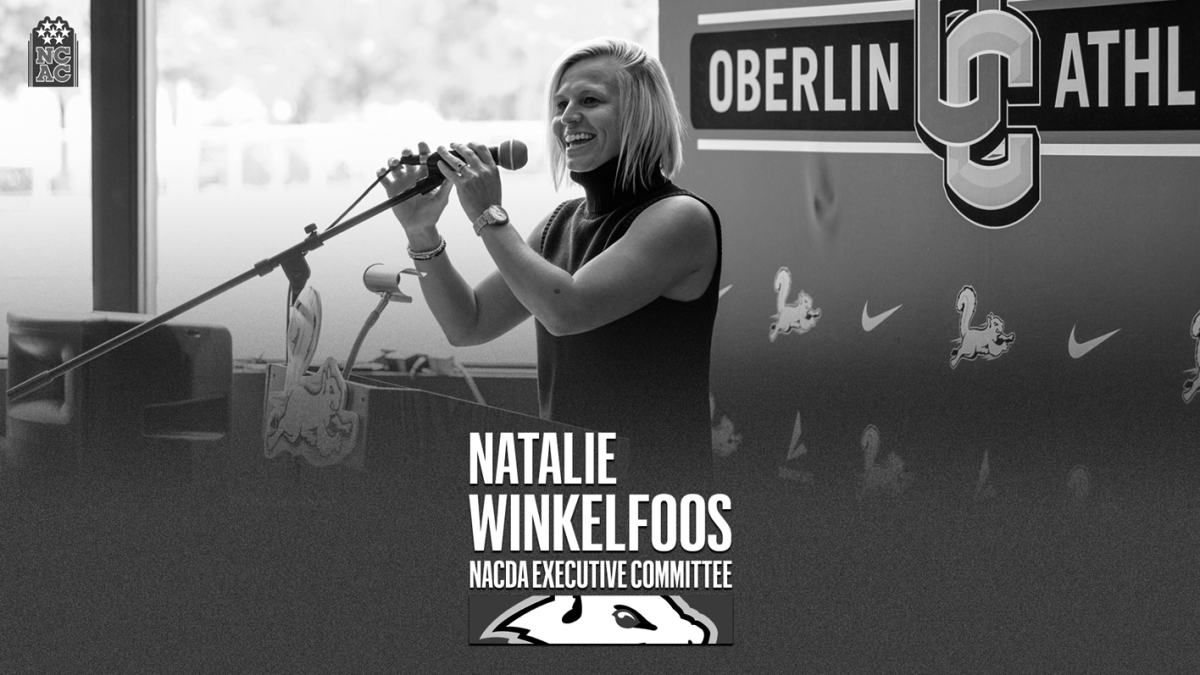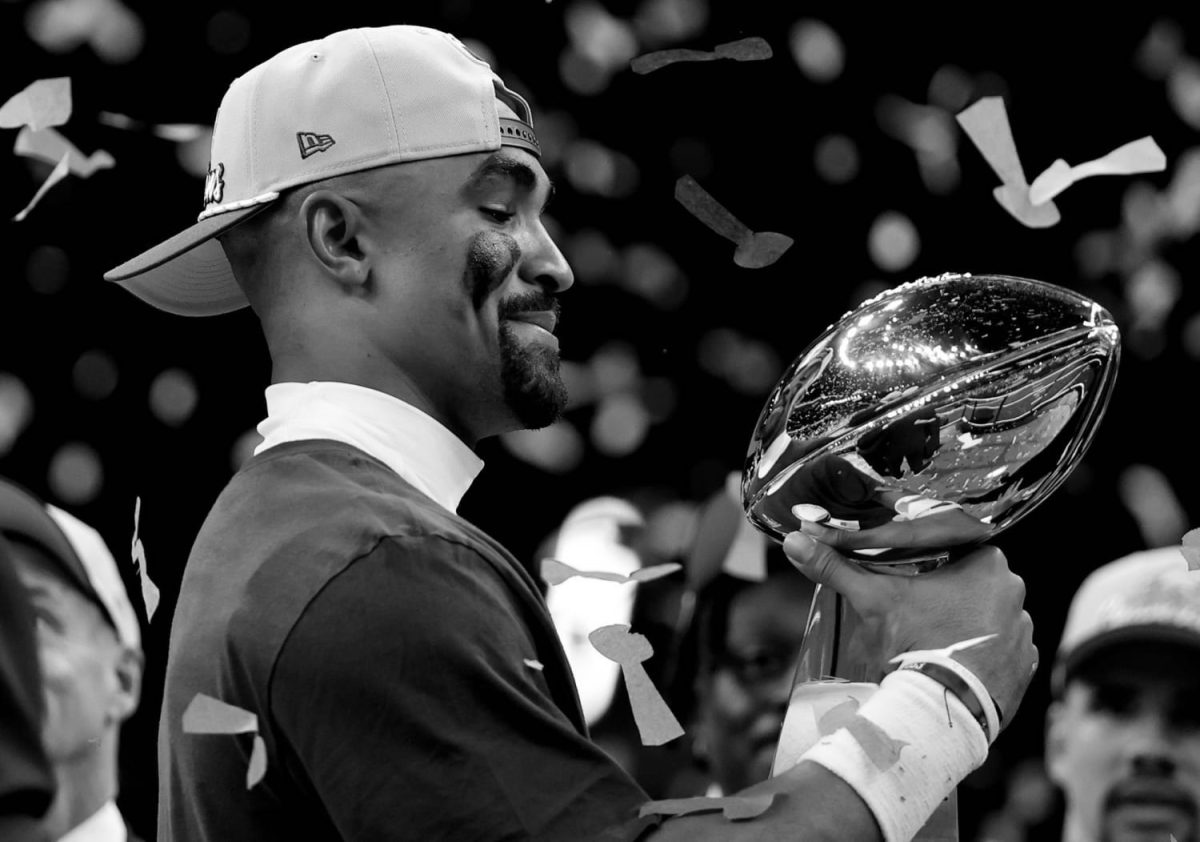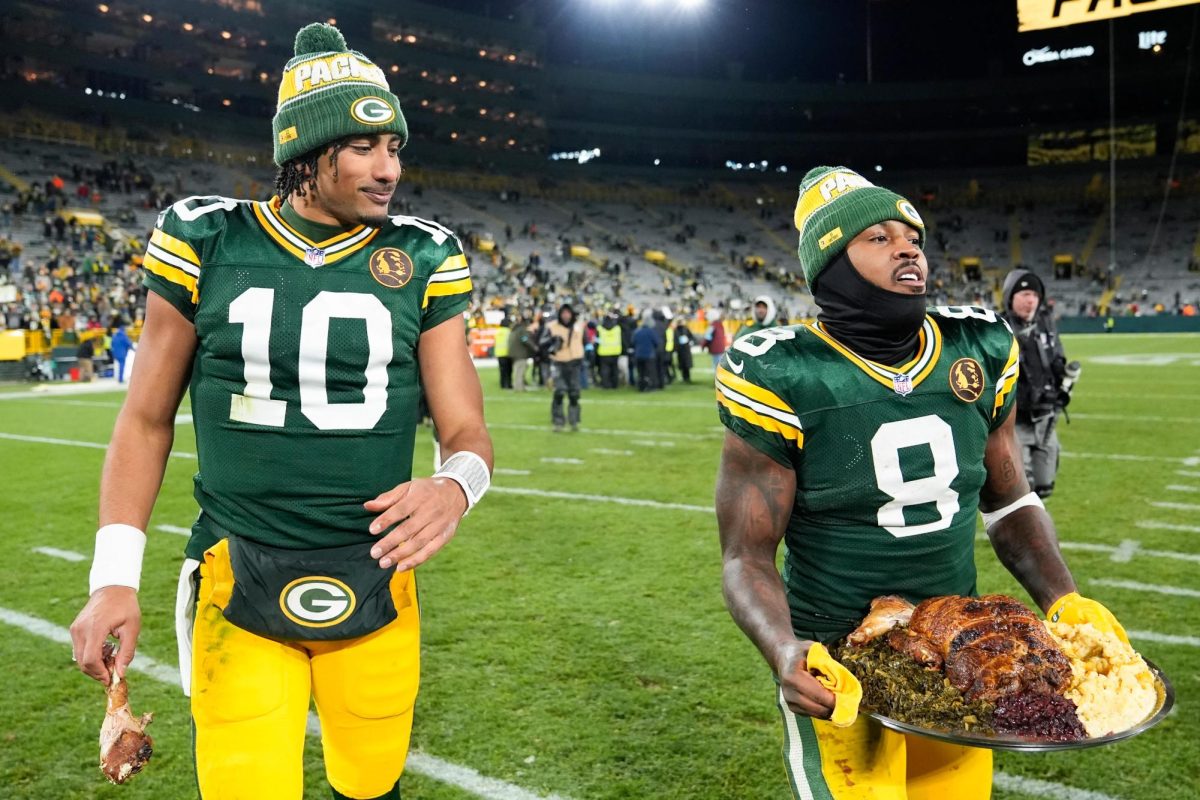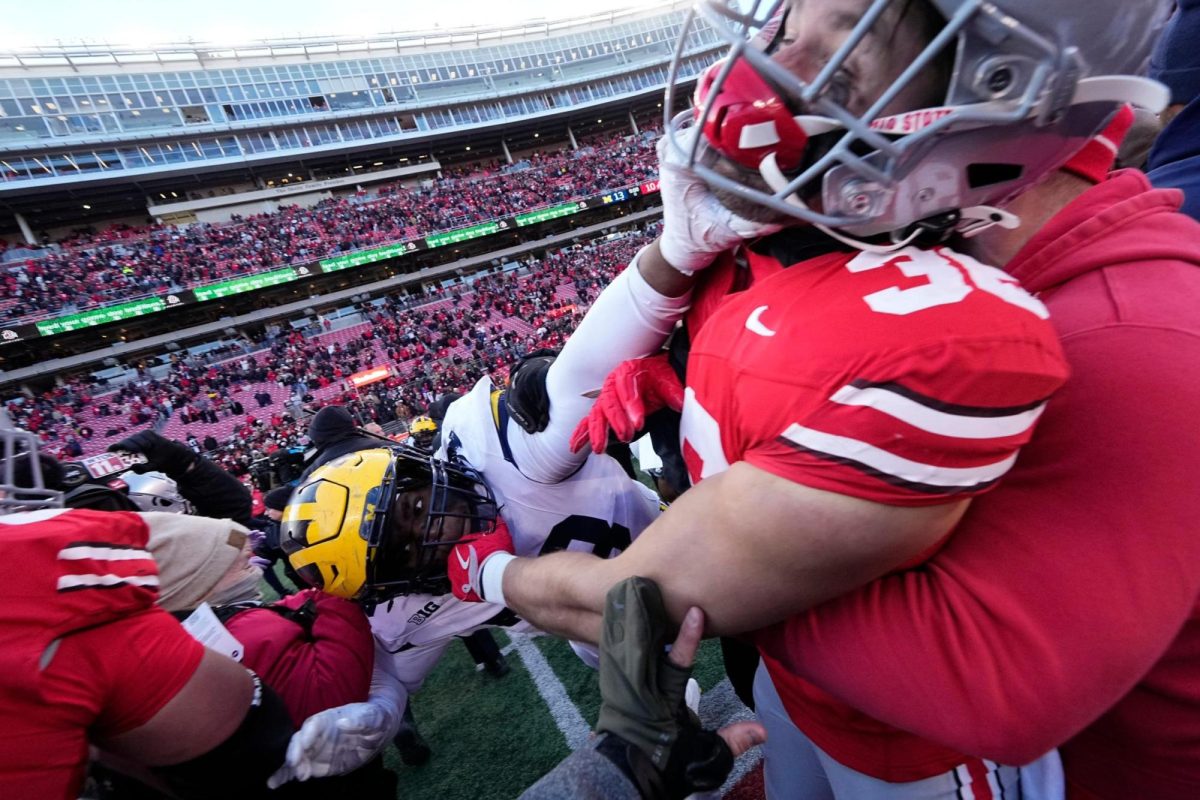Formula 1 held the first of its three Grand Prix in the United States this season last Sunday, May 5, at the Miami International Autodrome. The circuit was added to the Formula 1 calendar in 2022 and received criticism for being yet another race in the U.S., which is the country to host the most Grand Prix on the calendar despite lacking the passionate fan base F1 has in the rest of the world. After last weekend, though, fans are sure to remember Miami for hosting a thrilling race and bringing a long-awaited race result: Lando Norris’ first win in Formula 1.
Norris is in his sixth year in F1. He’s not an inexperienced driver, and he’s been with the same team, McLaren Racing, for 110 races. Though he has been recognized as a talented racer and a driver to watch, he hadn’t managed to put his name on the list of Formula 1 race winners until last weekend.
After qualifying to start the race in P5, the driver in fifth place out of 20, Norris looked like he would be fighting for the middle points positions and maybe a podium place at best. However, a combination of good strategy and luck led to him leading the race on lap 32 of 57. The race had been neutralized due to a crash that brought out the Safety Car, so it was Norris’ job to lead the race restart. He did well, keeping the heavy favorite and three-time world champion Max Verstappen behind him in the critical first lap and then staying calm in first place. He crossed the finish line with over seven seconds between him and Verstappen in P2, who was unable to catch the McLaren after sustaining damage caused by a mistake earlier in the race.
With his first win, Norris removes himself from the top of the list of drivers with the most podiums but no wins. Prior to the Miami Grand Prix, he had finished either second or third in a Grand Prix 14 times. Norris’ first win also gives the Miami GP a new record: being the circuit with the lowest pole-to-win conversion rate. No driver that started on pole or in first place ended up winning the race, a statistic that fans are sure to point out the next time Formula 1 goes racing in Miami.
For the circuit, that’s far from a bad thing — action at the front of the grid makes for an interesting race to watch. For the pole-sitter, it’s not as exciting as it is to the fans, who have dubbed similar trends at different circuits “curses.” The Italian GP, which is held at the Autodromo Nazionale di Monza, is famously home to the Monza curse. Since 2019, the race winner has DNF’d, or “did not finish,” at the next year’s race, until Max Verstappen and Red Bull Racing managed to win two years in a row in 2022 and 2023.
Red Bull had an incredibly dominant season in 2023, so it’s no surprise that their two drivers finished in first and second at Monza while also breaking the record for the most wins in a row by a single driver with Verstappen’s 10th consecutive win. Along with the record, he broke the Bahrain curse, a pattern of the first race winner of a season — usually at the Bahrain Grand Prix, hence the name — finishing in second place in the World Drivers’ Championship. Not only did he win the Bahrain GP and the WDC, but did so by winning 19 out of 22 races, beating his own previous record of 15 wins.
Before the Red Bull era of dominance, the Mercedes-AMG Petronas F1 Team was the clear winner of the 2014–2021 hybrid era. However, they weren’t immune to the one-off livery curse. In the 2019 German Grand Prix, Mercedes was celebrating their 125th anniversary in motorsport by running a special one-off livery, but a chaotic rain race saw them achieve their worst result of the season, with Lewis Hamilton finishing outside the points for the first time since 2013 and Valtteri Bottas DNF’ing after a crash.
Ferrari’s Charles Leclerc has a curse all to himself — the Monaco curse, where he can’t seem to finish with a good result in his home race. Even before he started driving for F1, his 2017 race in the F2 series was his one disaster of his otherwise impressive season, as he DNF’d in both the Sprint and Grand Prix that weekend. In his time in F1, he’s had a series of unfortunate weekends: a DNF in 2018, a P16 start in 2019 after a strategic blunder in qualifying, a DNS (did not start) due to a crash the day before the race in 2021, yet another strategic mistake in the 2022 GP, and finally a disappointing P6 in 2023 after receiving a three-place grid penalty for impeding another driver in qualifying.
The 0 percent pole-to-win rate hasn’t been dubbed a curse by fans, but F1 watchers are certain to be keeping an eye on whether the pole-sitter in Miami next year will finally end up winning the race.











